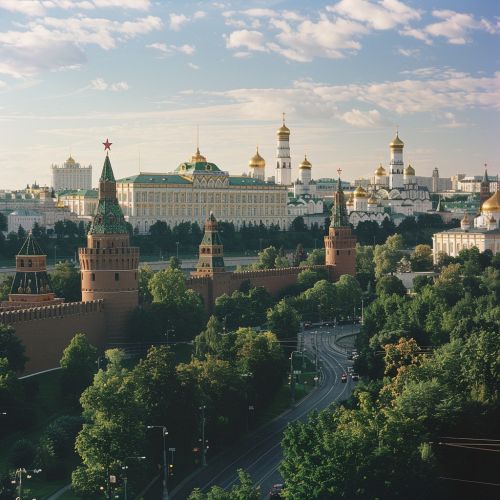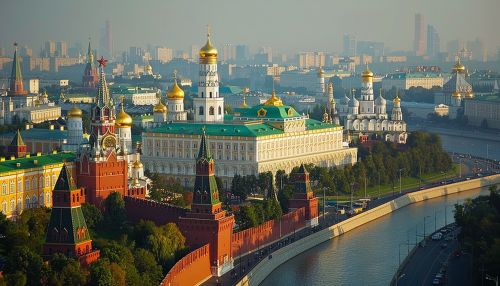Russians
History
The history of Russians spans from the Eastern Slavs and the Finno-Ugric peoples to the Russian Federation. The first East Slavic state, Kievan Rus, adopted Christianity from the Byzantine Empire in 988, beginning the synthesis of Byzantine and Slavic cultures that defined Orthodox Slavic culture for the next millennium. Kievan Rus ultimately disintegrated as a state due to the Mongol invasions in 1237–1240 along with the resulting deaths of significant numbers of the population.


Language
The Russian language, a member of the East Slavic sub-group of Slavic languages, is the most widely spoken of the Slavic languages. It is also the largest native language in Europe, with 144 million native speakers in Russia, Ukraine, and Belarus. Russian is the eighth most spoken language in the world by number of native speakers and the seventh by total number of speakers. The language is one of the six official languages of the United Nations.
Religion
Religion in Russia is diverse, with a 1997 law naming Christianity, Islam, Buddhism, and Judaism as important in Russian history. Orthodox Christianity is Russia's traditional and largest religion, deemed a part of Russia's "historical heritage" in the law passed in 1997. Some 90% of ethnic Russians are Orthodox Christians.
Culture
Russian culture has a long and rich cultural history, steeped in literature, ballet, painting, and classical music. While outsiders may see the country as drab, Russia has a very visual cultural past, from its colorful folk costumes to its ornate religious symbols.
